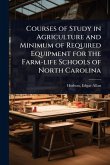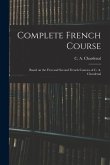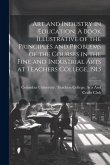"Short-unit Courses For Wage Earners And A Factory School Experiment" presents a detailed examination of early 20th-century vocational education initiatives in the United States. This report, originally published in April 1915, delves into the structure and implementation of short-unit courses designed to enhance the skills and productivity of wage earners. It explores the practical application of factory schools as a means of providing targeted training directly within industrial settings. Authored by experts from the United States Bureau of Labor Statistics, including Wesley Alvah O'Leary, Charles Allen Prosser, and Charles Henry Winslow, the study offers valuable insights into the challenges and opportunities associated with integrating education and industry. This historical document provides a unique perspective on the evolution of vocational training and its impact on the American workforce. This work has been selected by scholars as being culturally important, and is part of the knowledge base of civilization as we know it. This work was reproduced from the original artifact, and remains as true to the original work as possible. Therefore, you will see the original copyright references, library stamps (as most of these works have been housed in our most important libraries around the world), and other notations in the work. This work is in the public domain in the United States of America, and possibly other nations. Within the United States, you may freely copy and distribute this work, as no entity (individual or corporate) has a copyright on the body of the work. As a reproduction of a historical artifact, this work may contain missing or blurred pages, poor pictures, errant marks, etc. Scholars believe, and we concur, that this work is important enough to be preserved, reproduced, and made generally available to the public. We appreciate your support of the preservation process, and thank you for being an important part of keeping this knowledge alive and relevant.
Bitte wählen Sie Ihr Anliegen aus.
Rechnungen
Retourenschein anfordern
Bestellstatus
Storno








